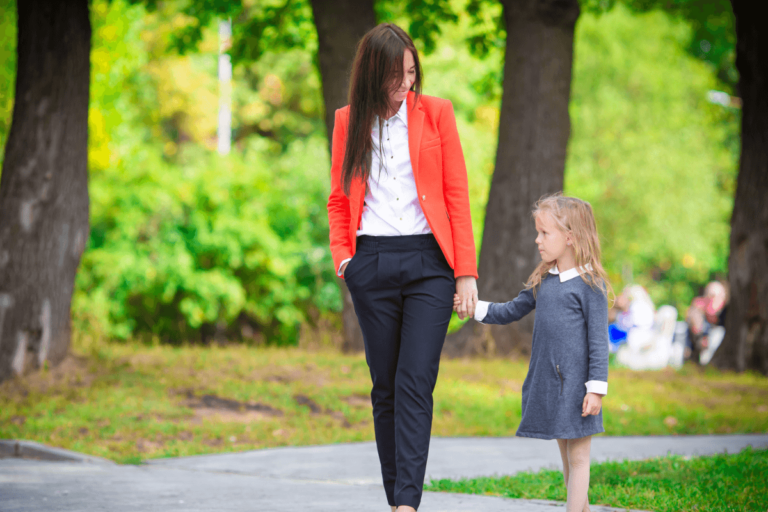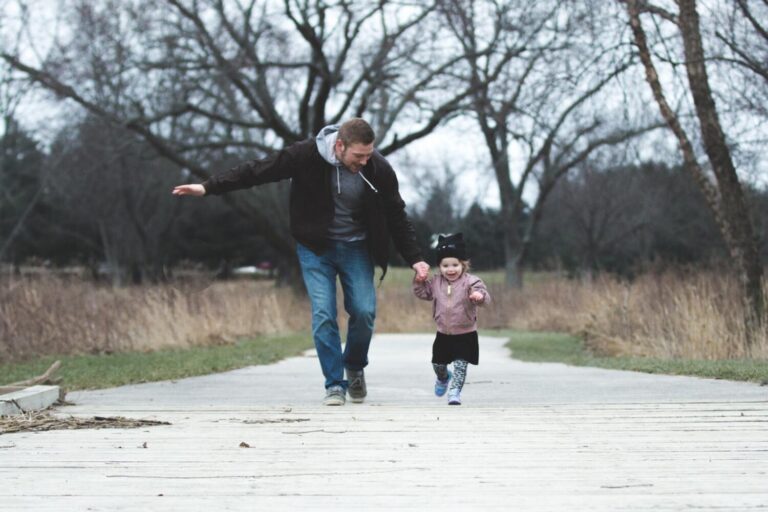How to Teach Kids to Be Thankful + 7 Activities to Practice Gratitude

Is gratitude something to invest time in and learn more about? Do you have to teach your children how to be thankful? We look more deeply and try to answer why mindful parents focus on gratitude. Get your coffee and learn “How to teach kids to be thankful!”
What is Gratitude?
Gratitude comes from the Latin word “gratus,” which means pleasing or be thankful. It is the great emotion behind appreciation for gifts, favor, care, and a state of life to some people. When talking about gratitude, many people think about God, religion, friends, and family. No matter what the motivation behind feeling thankful is, this can change your life and mind.
Described as a “cure” to depression or feeling that can heal your body, being thankful is the first step towards appreciating life and abundance in little things. Gratitude can help you improve relationships.
By practicing gratitude, you can change your attitude. You can change your relationship when you can be thankful. However, do you need to teach your child how to be thankful?
A Story About Gratitude
There is a story about a husband and wife who had a bad relationship. One day, the husband decided to wake up earlier than the wife and write one thing because he is thankful for his wife.
Gradually his attitude towards her changed. She noticed that her attitude started to change, and her inner fire goes to a new level. After a few months, they entirely changed their marriage, and when the birthday of the wife came, the husband made her a special present. He gave her the book in which he wrote every morning.
Why is Gratitude Good for Kids?
Keeping gratitude also positively influences our brain and body. Gratitude is a positive emotion, and positive emotions block negative emotions. One positive emotion always helps you open to more positive emotions. Positive emotions help confidence, decision-making, and attitude.
Do you want to see all of these emotions in your child? You most probably do. Do you want more pieces of evidence? Well, we can give you one more example. To be honest, this is a challenge for you and your kid!
The task is called “The present challenge.” Buy an apple, orange, or banana. Put it in a nice present box. Then buy a present giant box and put it inside.
In the end, buy one box more giant than the second box and put the second gift box in the third. Give it to your child for their birthday or without reason and make a video of the child’s reaction.
My question is, do you want to see a child who is thankful and will find happiness after opening the smallest box or a crying and angry child that is just a fruit? Some children do not have food at the table. Does your child understand that food, water, clothes, and other simple things are God’s gift and that mommy and daddy work hard for them?
3 Tips on How to Teach Kids to Be Thankful
1. Be an example
Gandhi`s quote “Be the change that you want to see in the world” is an excellent example for our article.
If you want to see and feel good behavior, you must teach it first.
One of the things that surprise many new moms or dads is how much children copy the parent`s behavior—your language, attitude, actions, etc. They are going to copy everything, especially if you do it frequently, such as every hour.
Your children have an empty mind. Do not forget that the way you rear your child today will influence their actions tomorrow. If you find this topic interesting, you can read what child-rearing is.
2. Test your children`s gratitude
Be creative and make tests for their gratitude every month. Make small presents or “The present challenge” and check their reactions. Talk with them about their attitude, emotions and discuss in detail this topic.
You children understand more than you can imagine. Do not underestimate them, and make sure that they know what you talk about. Always ask more about their activities in school/kindergarten, which can be an excellent opportunity to talk about grace and being thankful.
3. Read moral stories together
Ernest Hemingway said that “There is no friend as loyal as a book.” We are not talking about loyalty here, but books and stories are a great way to teach and learn. If you teach your child how to read, be curious and love reading, you have done 70% of your duty as a parent.
Reading together with your child can be highly beneficial. It will allow you to spend quality time with your child regularly. Focus on things you want to teach the child and talk about problems and issues that your children face without talking directly about your child’s life.
7 Gratitude Activities That You Can Practice With Your Child
Here are seven gratitude activities that you can practice being thankful every day and as early as when you say “Good Morning.”
1. Say a prayer before each meal
Praying for food is one of the powerful ways to be thankful. It may not come naturally to some, but with consistent practice, it can become easy over time for children to be thankful through prayer.
Children usually focus and small things and appreciate details that we will not even notice. Also, thankful children will find a way to turn a negative situation into a positive one.
2. Teach them to serve, help others, and volunteer
Take your child to some hospital for children or at a foster home. This activity can sometimes shake their reality and truly make them reflect on their everyday life.
Give yourself a new challenge to have your kids to do five things to help others. The rich fulfillment comes when doing kindness to others. There is always something to be thankful for. If your kids know they made a difference in someone’s life, like a thankful poem or thoughtful text message, it can help them be thankful.
3. Teach them about giving thanks
The Bible said: ‘It is more blessed to give than to receive”. One of the first good things you might want to teach your child if you want a thankful child is giving. Ask the child to share their food, toys, and clothes with good friends and eventually with the poor.
4. Teach your child that food is not free
Make sure that your children are hard-working, responsible, and know that things are not free. If you want to appreciate something, you have to pay for it first. An unthankful heart discovers they are entitled to things without effort, which parents do not desire. At the same time, a thankful heart does not count their heavenly blessings. Instead, they do what is right because it feels good and makes others feel good.
5. Teach your children about life
Do not allow the Internet, media, and movies to create a fake world for your children. Show them that life is complex but beautiful and that they have to appreciate the good because evil is real. Don’t allow them to lose sight of simple things, such as having good health.
You can always find something to teach them valuable lessons that can go a long way. Also, teach them about the difficult times in life. They will appreciate their blessings more, feel thankful, and feel gratitude.
6. Teach your child the phrase “Thank you!”
Do you say “Thank you!” when you receive a gift? This approach is something that you have learned. Social intelligence is something that your child will understand if you intentionally work on it.
7. Discuss what you are thankful about at dinner, prayer, or bedtime!
Do not forget that this is going to be beneficial to you, too! Encourage your kids to keep a gratitude journal and to write in it every single day. Or they can build a gratitude list of ways to give thanks or thankful quotes.
Mindful Parenting
Mindfulness parenting describes parents who are 100% dedicated to raising physically, mentally, emotionally and spiritually healthy children. Those parents are not afraid to invest time, energy, and focus when thinking about their children. Mindful parenting is not an easy task but is super important for parents who do not want to leave “emotional scars’ ‘ on their children’s souls.
Gratitude is a quality and a muscle that can be achieved and trained in your children. If you are intentionally and mindfully trying to rear a child with a strong personality, you must focus on that. If you are interested in this topic, you can read how to create mindful moments for kids.






